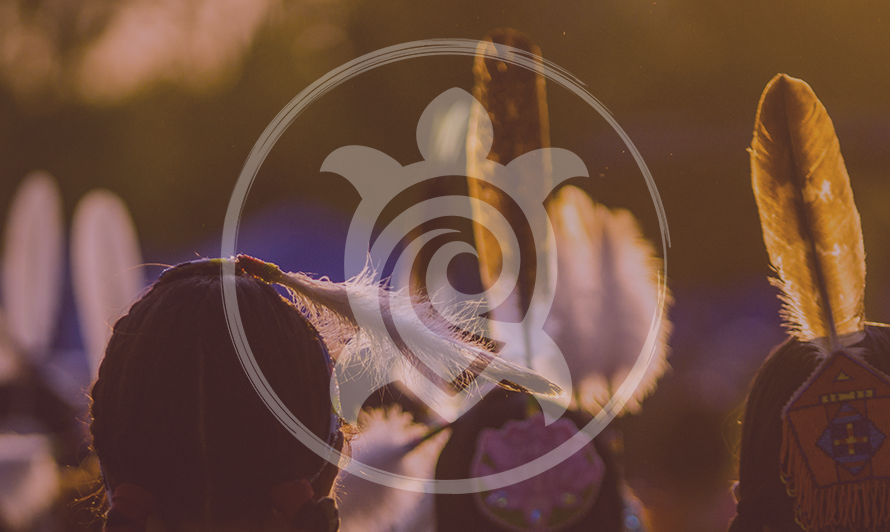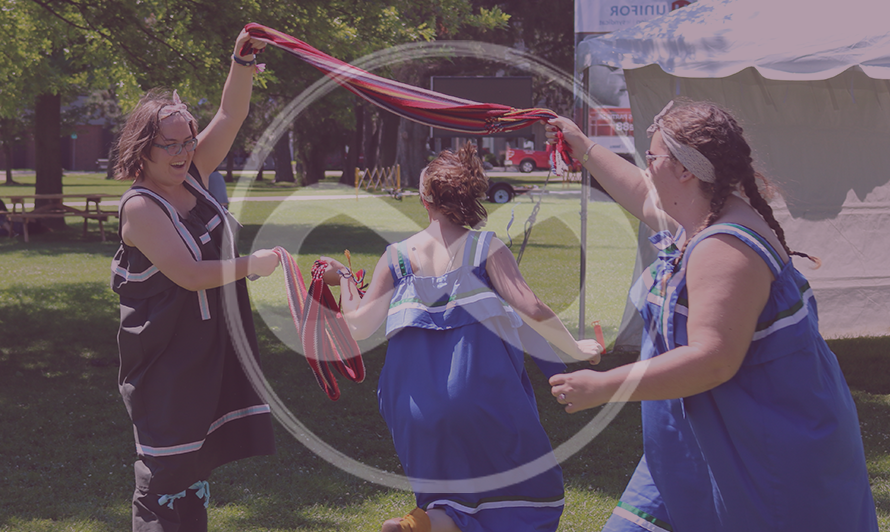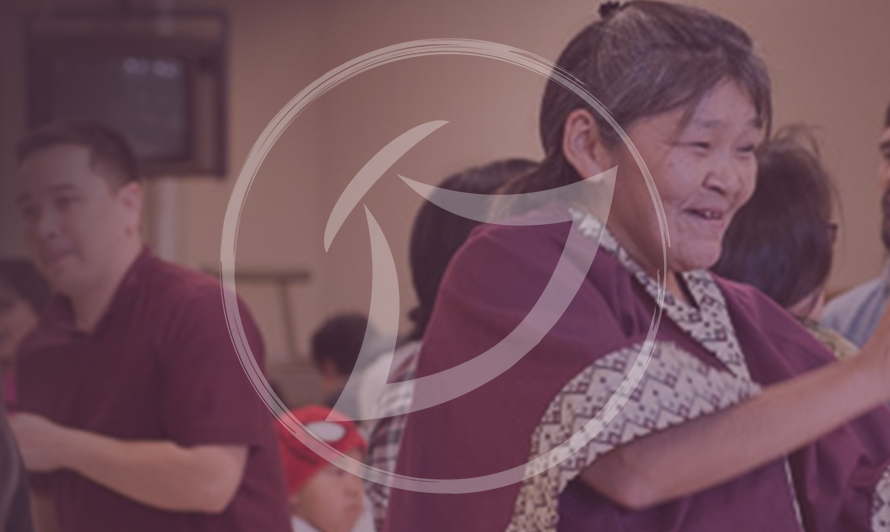Inuit
The Inuit traditionally lived above the tree line of what is now Canada, and are part of a larger circumpolar Inuit population that includes Greenland, Alaska, and Russia. In Canada, Inuit Nunangat is an Inuktitut term that includes land, water and ice. It refers to the Inuit homelands of Inuvialuit, Nunatsiavut, Nunavik and Nunavut.
Inuit who live in Ontario originally came here from Inuit Nunangat. Although 2006 census data reports that Ontario’s Inuit population is estimated at approximately 3,500, we know that there are many more Inuit living in Ontario and that the vast majority live around the Ottawa area.
Family is at the heart of Inuit culture and is, in turn, surrounded by the community. Inuit families are typically large and deeply interconnected as a result of powerful bonds formed through childbirth, marriage and adoption.
Visit Quit Smoking for information about how you can quit smoking.
Tobacco Use
-
In 2012, over one-third of Inuit living outside Nunangat reported smoking daily or occasionally, compared with about one-quarter of non-Aboriginal Ontarians.
-
Among Inuit living outside Nunangat in 2012, the prevalence of smoking was especially high in women (41%) and is 2 times higher than among non-Aboriginal women in Ontario (18%).
-
Inuit in Ontario in 2012 had a higher prevalence of smoking (34%) than non-Aboriginal Ontarians (23%).
Traditional Tobacco
Traditionally the Inuit do not use tobacco in ceremonial practices, as tobacco could not be grown in the cold climate of Inuit Nunangat.



